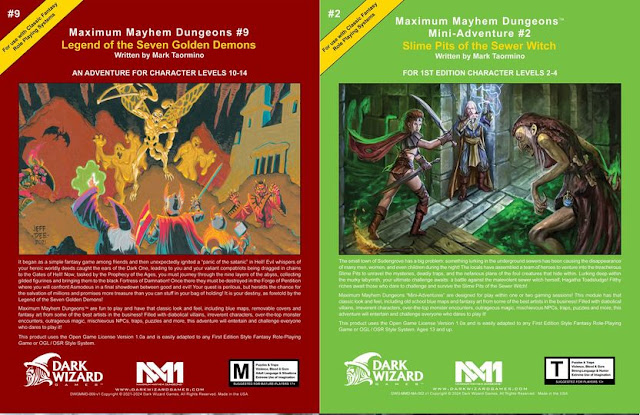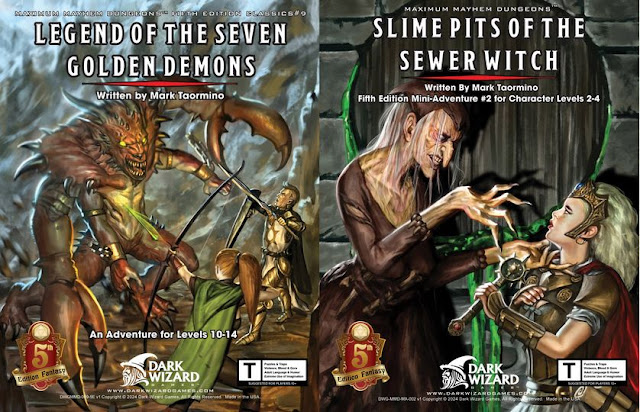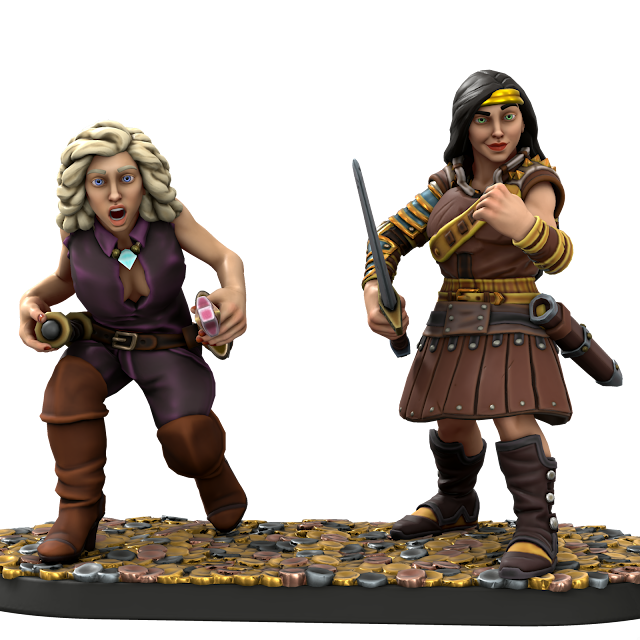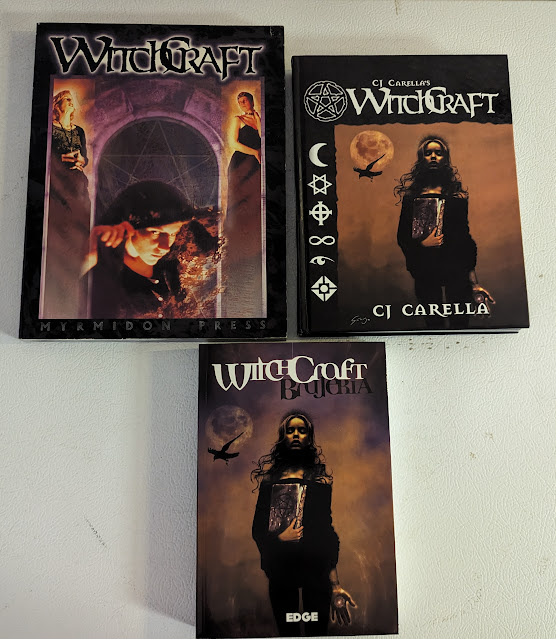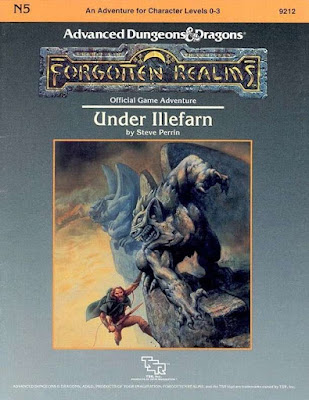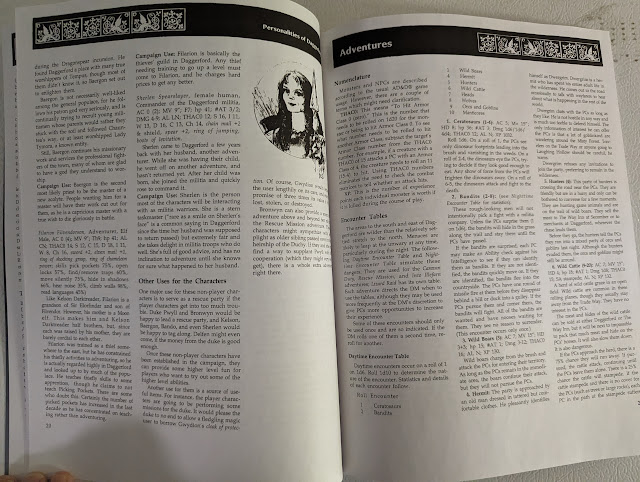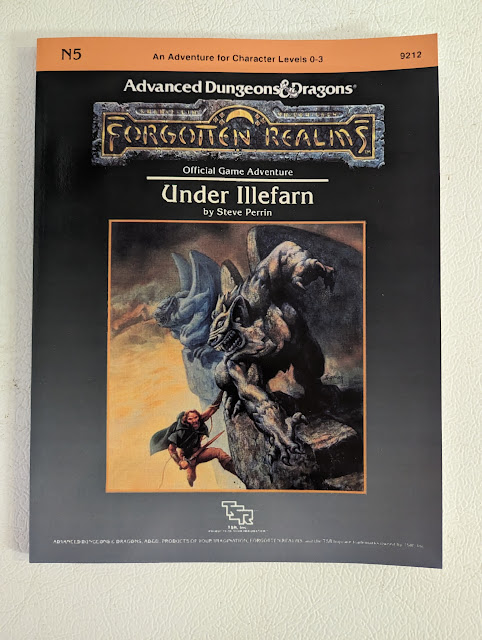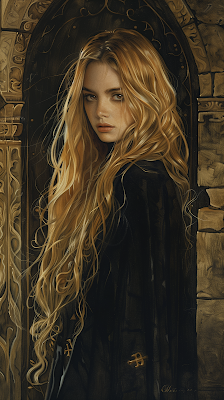Stacking the Odds
 The Job: A Game of Glorious Heists & Everything That Can Wrong In Them is a storytelling roleplaying game from an unexpected source—Games Omnivorous. The publisher is better known for its horror scenarios such as Cabin Risotto Fever and Eat the Rich, its systems neutral supplements such as Bottled Sea and its Old School Renaissance-style releases such as the Isle of Ixx and Frontier Scum: A Game About Wanted Outlaws Making Their Mark on a Lost Frontier. It is specifically designed for one-shot sessions in which the players take the role of a gang of expert thieves, who will plan and execute a heist or robbery, and overcome the obstacles that they as players build into the story as part of their characters’ planning for the ‘job’. This is a roleplaying game inspired not just by great films such as Ocean’s Eleven, The Italian Job, Logan Lucky, and Baby Driver, but also roleplaying games such as Leverage, Dread, and Fiasco. Perhaps the only entries missing from this bibliography are Reservoir Dogs and Rififi, but otherwise this is a solid bibliography and nice to see the author acknowledge his inspirations.
The Job: A Game of Glorious Heists & Everything That Can Wrong In Them is a storytelling roleplaying game from an unexpected source—Games Omnivorous. The publisher is better known for its horror scenarios such as Cabin Risotto Fever and Eat the Rich, its systems neutral supplements such as Bottled Sea and its Old School Renaissance-style releases such as the Isle of Ixx and Frontier Scum: A Game About Wanted Outlaws Making Their Mark on a Lost Frontier. It is specifically designed for one-shot sessions in which the players take the role of a gang of expert thieves, who will plan and execute a heist or robbery, and overcome the obstacles that they as players build into the story as part of their characters’ planning for the ‘job’. This is a roleplaying game inspired not just by great films such as Ocean’s Eleven, The Italian Job, Logan Lucky, and Baby Driver, but also roleplaying games such as Leverage, Dread, and Fiasco. Perhaps the only entries missing from this bibliography are Reservoir Dogs and Rififi, but otherwise this is a solid bibliography and nice to see the author acknowledge his inspirations. The Job: A Game of Glorious Heists & Everything That Can Wrong In Them is about stealing expensive jewels, priceless artworks, and world-famous artefacts and it is played in two parts, the Preparation Phase and the Action Phase, with between three and five players taking the roles of archetypes classic to the genre. To play, The Job requires a handful of six-sided dice and pen and paper. In the Preparation Phase, the players will plan the heist and set up scenes that they want to see played out in the Action Phase, stacking the heist against their characters as they add complications, describe locations, and build the world in which the heist is going to take place. In the Action Phase, the players will resolve the heist attempt, using their characters’ stunts to overcome complications, push the story forward, and to give each character time to shine. The Action Phase is played using a stack of six-sided dice which represents the pressure or tension in the heist attempt, with tension relieved by removing dice and ratcheted up by adding dice. When this stack falls, it is reset and thus the tension in the game begins again at zero, but after the first dice stack has fallen, more dice are added on the second and third rebuilds of the dice stack. If the third dice stack falls or is knocked over, the game ends as the heist fails and the Crewmembers suffer the consequences. If the third dice stack does not fall and the players complete all of the scenes they have created, the game ends with their characters being successful and getting away with the loot.
The start of The Job consists of the players picking an archetype, each one recognisable from the heist genre. These consist of the Animal Handler, Boss, Bruiser, Con Artist, Genius, Greaseman, Pickpocket, and Wheelman. A Crewmember does not have any stats in The Job, but the capacity to hold four items in his Inventory and four Stunts. Items are added to a Crewmember’s Inventory as necessary, but once a Crewmember has four items, he can carry no more and they cannot be changed. Which can mean that find himself in a situation where none of his equipment is going to help him. In general, Stunts give an Advantage for the character as well as special actions. For example, the Pickpocket has the Stunts of ‘Pickpocketing’, ‘Steal the Stack’, ‘Safecracking’, and ‘Magic Tricks’. ‘Pickpocketing’ gives him Advantage when stealing small objects and ‘Safecracking’ Advantage with delicate tasks such as picking locks, setting detonators, and the like. ‘Steal the Stack’ lets him steal a die from the dice Stack once during the Action Phase and ‘Magic Tricks’ actually gives him a magic trick, from close up magic to big stage events, and roll with Advantage. The four Inventory slots remain empty until the player decides he needs an item of equipment.
Once each player has decided upon the archetype he wants to play, the Referee presents them with the Brief. This gives the Crewmembers an object to steal, a budget to spend whilst conducting the heist, and six Complications. The Budget is spent during the Heist to equip a Crewmember with an item which will help him complete the Heist. The six Complications have to be added to the twelve Scenes that the players will create during the Preparation Phase. Depending on the Brief, they can be reinforced doors, laser sensors, guard dogs, and so on. The Complications are essentially the key points upon which the players will build and describe the scenes for their characters’ heists, their purpose being not to impede the heist or make it easier, but provide moments where the Crewmembers can shine as they do cool things to overcome the problem. All together these scenes will number exactly twelve—no more, no less, and consist of Infiltration, Deployment, Execution, and Escape scenes. When played out, they must be played in the order as written, and unlike other heist-themed roleplaying games, there are no flashbacks involved. What this means is that The Job is much more like a film heist rather than like that depicted on Leverage. The whole process for the Preparation Phase is collaborative, both between the players and between the players and the Referee, whose job it is make suggestions and adjudicate the players’ ideas in order to help fit the style of the heist. The Preparation Phase will appeal to players who like to plan.
The Action Phase begins with some set-up scenes. This is a chance for the players to narrate a pre-heist scene that establishes their character and gets them involved in the opening moves of the heist. This can include practicing manoeuvres and dummy runs, making a reconnaissance of the routine at the target of the heist, hacking into the building to make getting in later that much easier, getting hired as staff to get access to the building, and even stealing a particular item of equipment that will make the heist easier. None of this requires dice rolls, but it can generate Heat. For each set-up scene that generates Heat, the Referee adds a single die to the Dice Stack. This is a tower of dice, one on top of each other, which will be added to over the course of the Action Phase as the Crewmembers suffer setbacks, while certain Stunts can actually remove dice. For example, the Bruiser’s ‘Happy Birthday, Punk’ Stunt lets his player blow on the Dice Stack in an attempt to knock dice off.
Then the Action Phase proper begins. The Referee and the Referee work through the scenes one by one, resolving them in order. Whenever a Crewmember does anything risky, the Referee can call for a dice roll. Mechanically, The Job is very much like Powered by the Apocalypse. A player rolls two six-sided dice. If the result is six or less, the action fails, the player has to use an alternative method, and dice are added to the Dice Stack. On a result of seven or eight, the action is successful, but the player must either decide to add more dice to the Dice Stack or accept a Setback. A Setback is a complication which will come back to cause problems in subsequent scenes. If the result is ten or more, the action succeeds and the player gets to remove a die from the Dice Stack. If a Crewmember has an appropriate item of equipment or Stunt, his player can roll with Advantage, that is, roll three six-sided dice and ignore the worst result, but if the situation has adverse conditions or a Setback comes into play, the player rolls at a Disadvantage, that is, roll three six-sided dice and ignore the best result.
Play continues like this until either the third Dice Stack falls or all twelve Scenes are successfully narrated and roleplayed out. In the case of the latter, the Heist is successful and very player gets a final scene in which to narrate what happens to their Crewmember. However, if the third Dice Stack is knocked over, the Heist is unsuccessful, and the character of the player who knocked it over is caught. Everyone else is given one minute to write down what they do in response and which one of the other Crewmembers they involve. The notes are revealed and one player is designated to act as spokesman to narrate what happens based on the notes. If there are inconsistencies in the narration, the Referee can actually send a Crewmember to gaol! This, though, puts a lot of pressure on that one player not to screw the narration up and is at odds with the flow of the rest of the game where the players and their Crewmembers work together throughout both the Preparation Phase and the Action Phase.
To help her run The Job, it comes with an example Brief and its twelve Scenes all written out, an example play, solid advice for the Referee, and five sample Briefs, complete with Objects to steal and a Location to steal them from, as well as a Budget and a set of six complications. They include stealing cash from Madison Square Gardens, the Imperial State Crown from the Tower of London, a triceratops skull from the Natural History museum in London, Michelangelo’s David from a Scottish castle, and a prisoner from an unspecified high security prison. This in addition to the worked examples that the Referee can easily adapt to her own crew of players. Overall, these provide plenty of variety in terms of settings, objectives, and complications. There are notes too, on using The Job with other roleplaying games and even the Old School Renaissance.
Physically, The Job is incredibly eye-catching. The graphical style echoes that of Saul Bass and the film posters of the sixties and seventies, with use of stark blocks of colour and black and white images, giving the book a sense of energy and drama.
The Job: A Game of Glorious Heists & Everything That Can Wrong In Them is a neatly self-contained roleplaying game that is pleasingly portable, easy to learn, and engagingly familiar in its genre. It combines dramatic storytelling possibilities with the tension of a towering Dice Stack, but without going the full Jenga.




